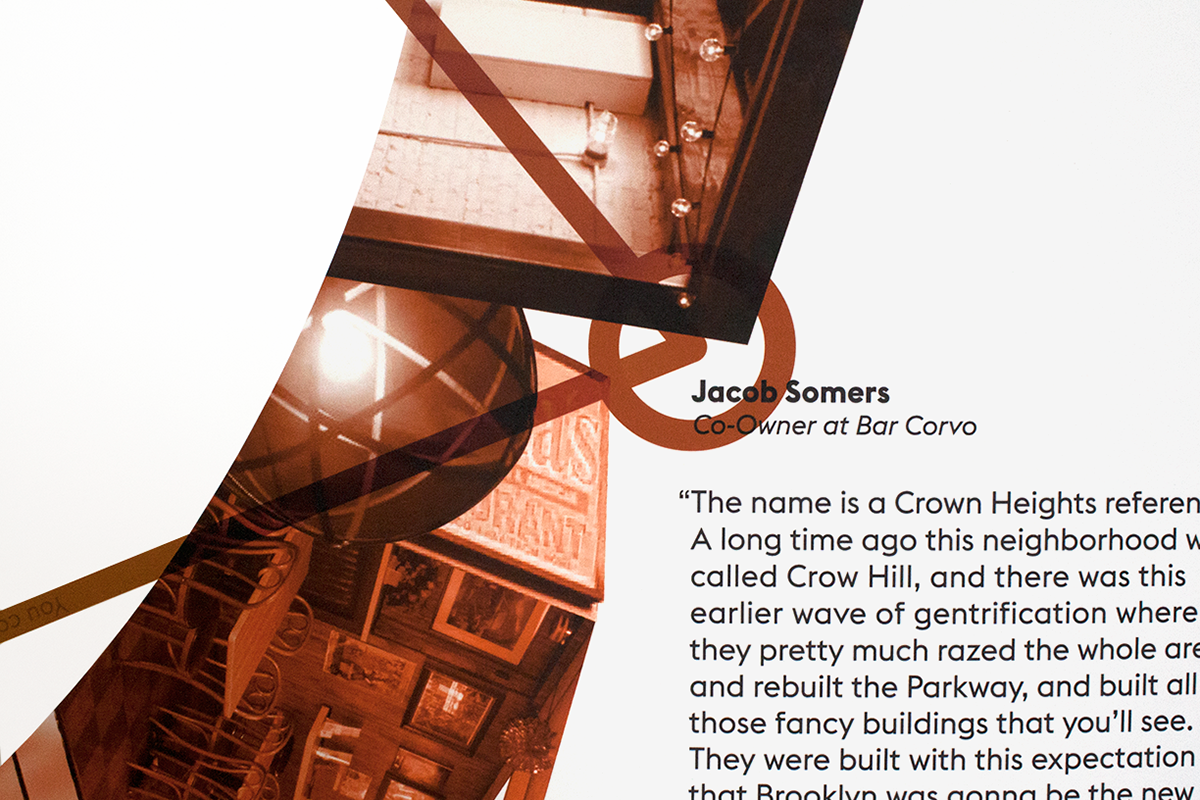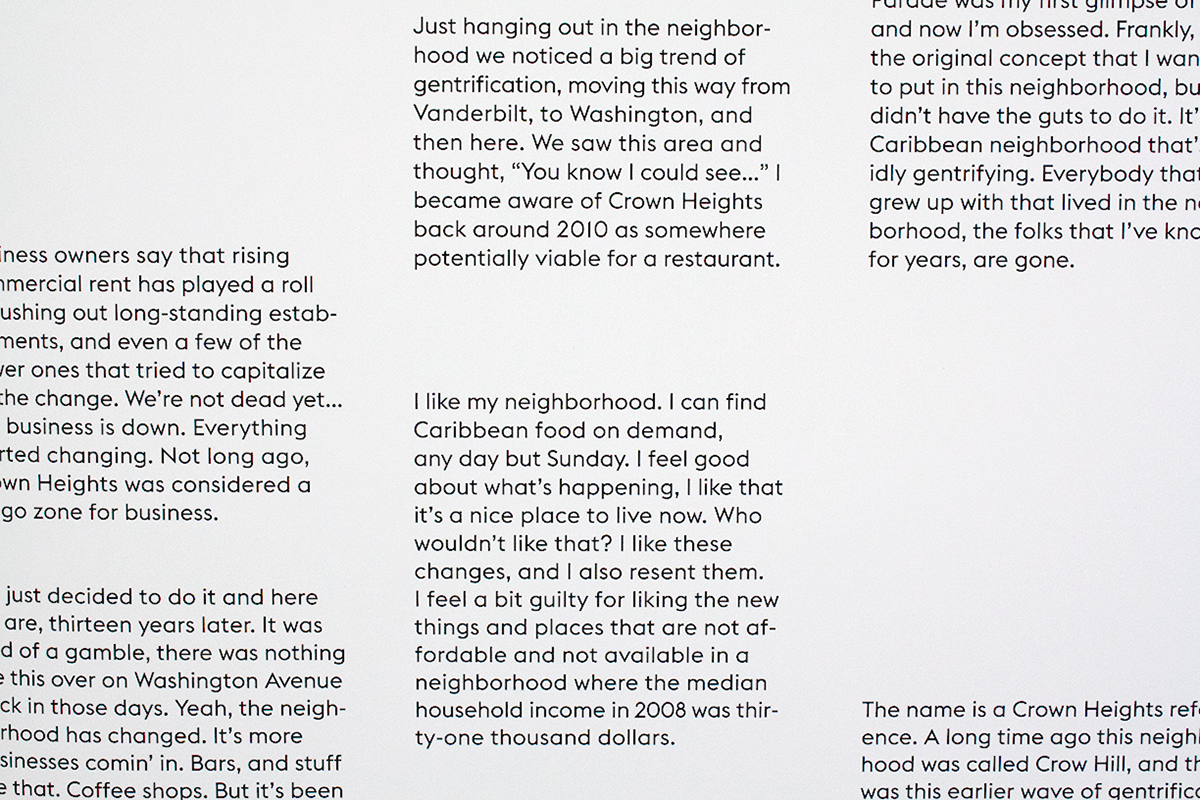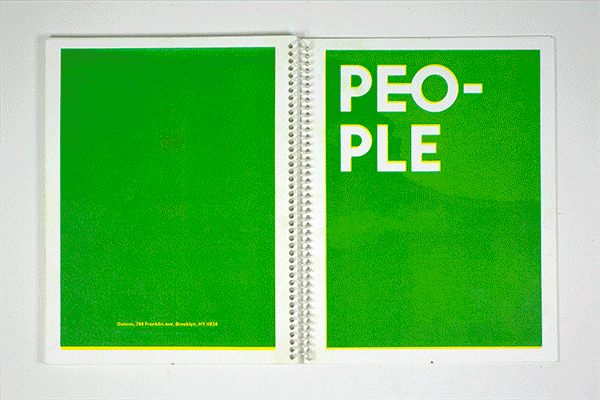
“Given how wealth and income and education are currently distributed, very few neighborhoods stay diverse for very long… so the edge of gentrification will be mixed,
but as time goes on, it won’t be… It’s a blurry line, and we lived in the blur.”
but as time goes on, it won’t be… It’s a blurry line, and we lived in the blur.”
Mike Fagan, social services worker, as quoted by Vinnie Rotondaro and Maura Ewing in “The Ins and the Outs”
on Narratively
on Narratively
Living in the Blur is a project addressing the ongoing gentrification of Crown Heights, Brooklyn, in two parts: a large and information-dense “knowledge map” and a less direct, more experiential catalog. Both pieces essentially act as a conversation amongst Crown Heights residents; or, more specifically, the resulting narratives are meant to act as half of a conversation. Intended for an audience of other Crown Heights residents, this audience's response is the missing half of the dialogue. As a resident of a gentrifying Crown Heights myself, I noticed that though we hear and read and even speak a lot about gentrification, there is a tendency to approach the topic in a relatively impersonal way. Gentrifiers in particular are loath to label ourselves as such; few among us like to talk about gentrification as a process in which we play a role. There is a need, however, to be an active participant in dialogues about our shifting neighborhood, to insert ourselves into the conversation that is, in fact, about us. By acknowledging our place in this process, will we be capable of attempting to affect it. This project acts as an invitation to do just that.
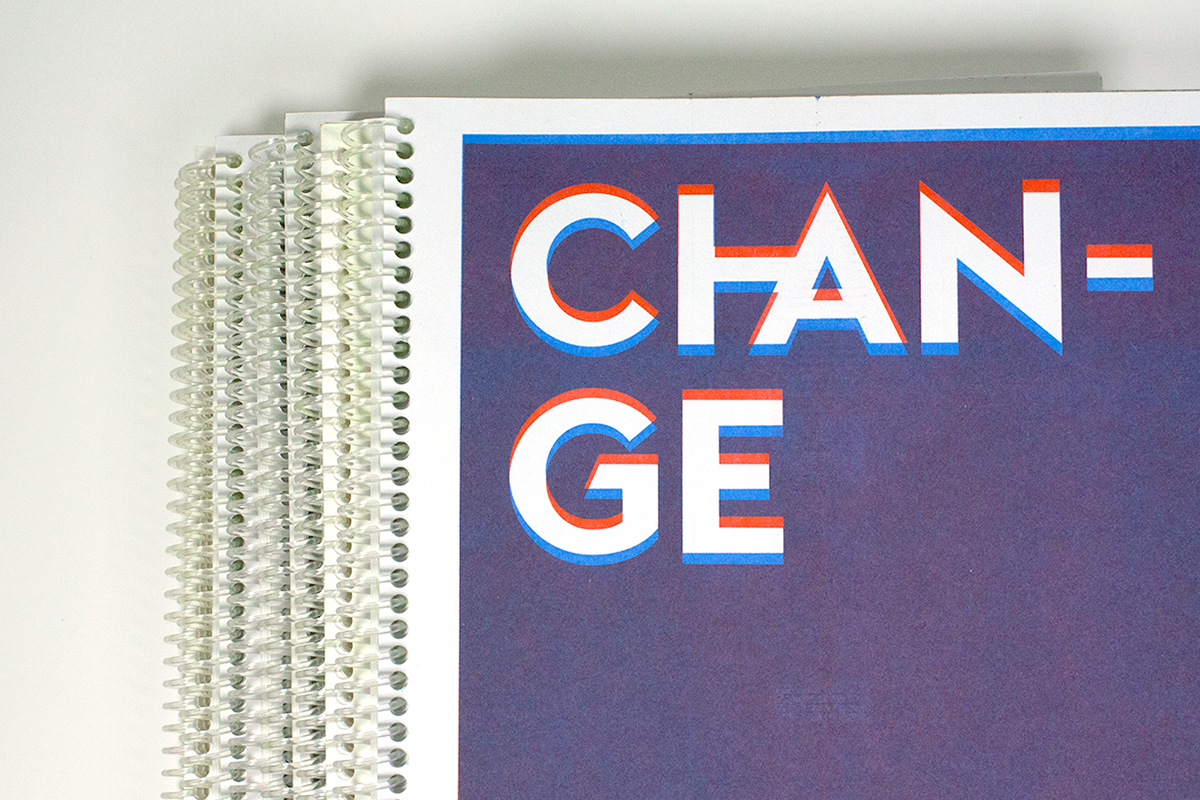
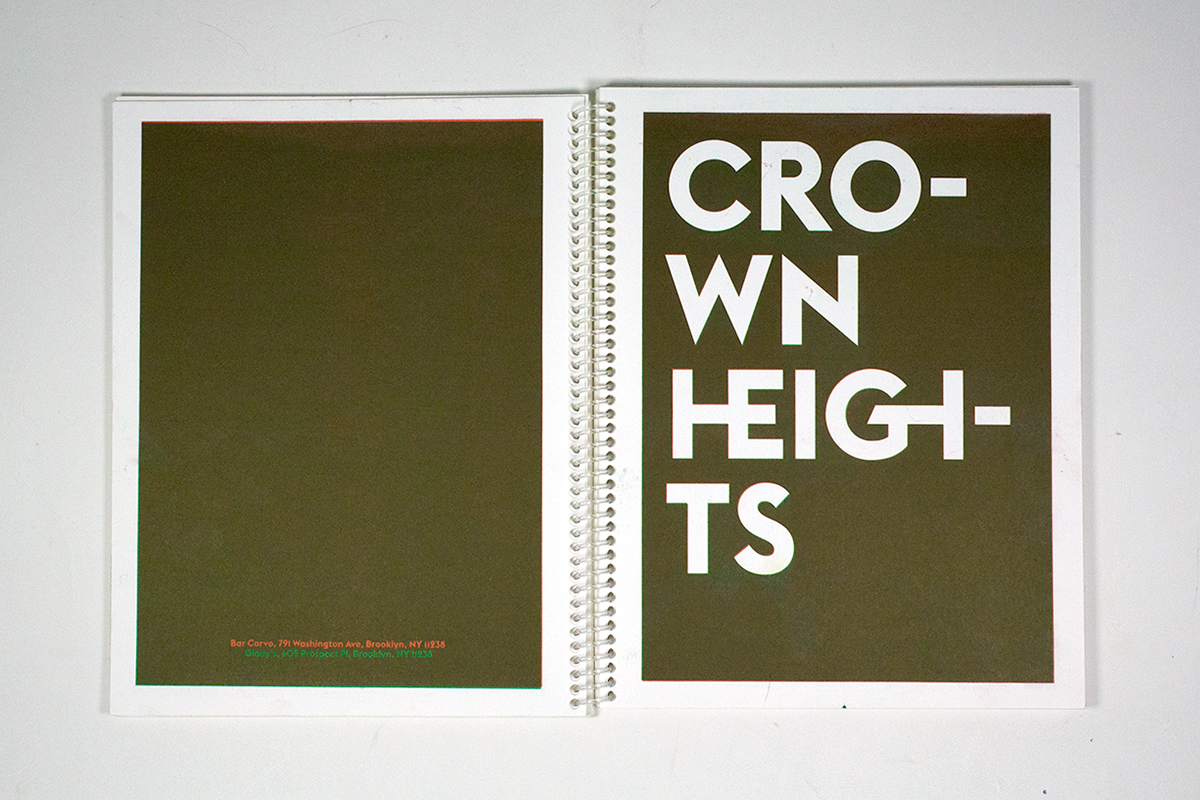
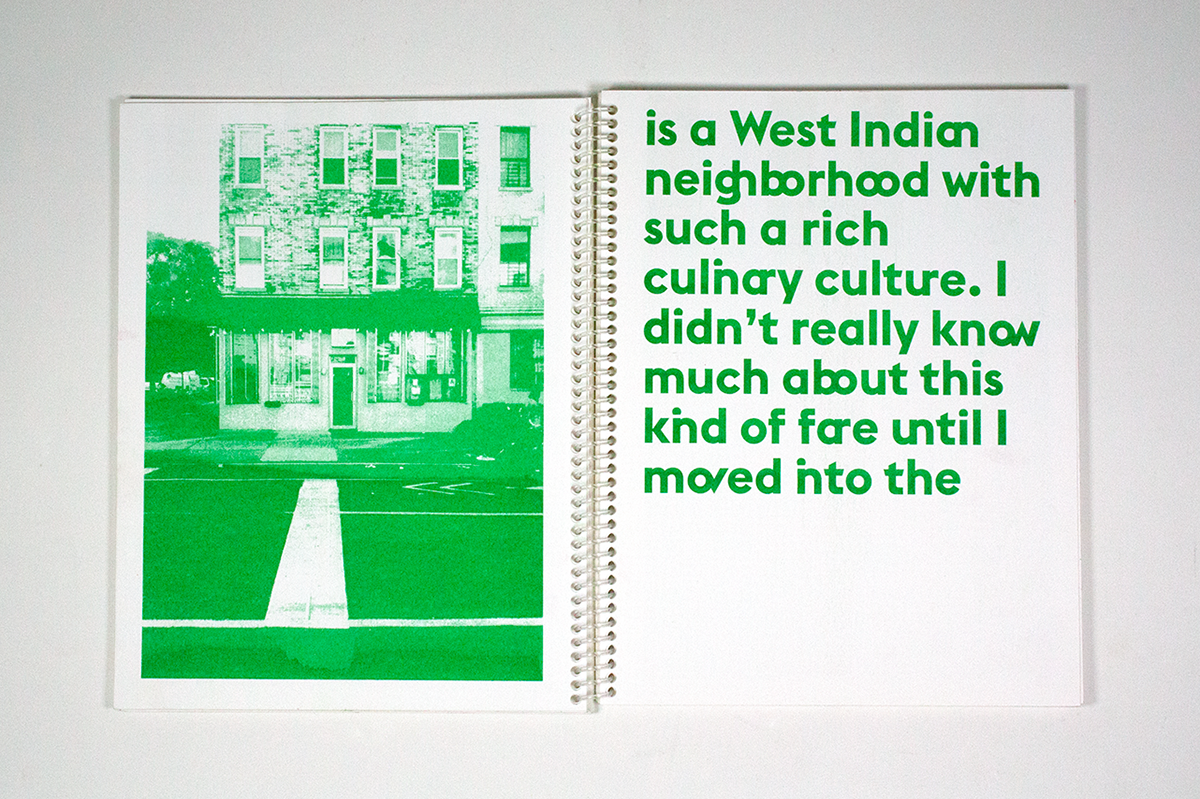
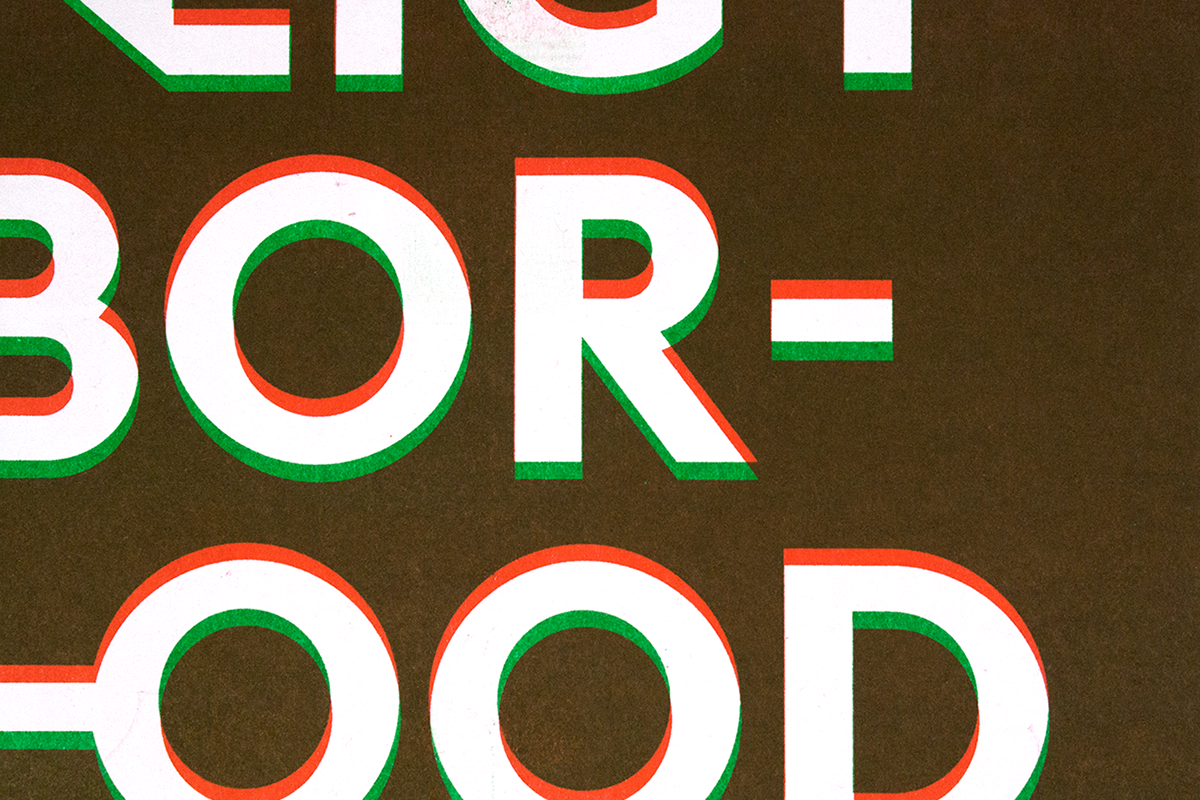
The language in both the knowledge map and the catalog came primarily from conversations I had with Crown Heights restaurant owners and managers, supplemented by existing articles and interviews from various print and online publications. I spoke with people from a number of local restaurants, both new and old, about their experiences opening and running a restaurant in contemporary Crown Heights, how that experience has changed since they opened their doors, and interaction with their peers and customers. The conversations naturally led to a larger discussion about the shifting, gentrifying neighborhood in which we reside. These restaurant owners and managers were the ones to determine who I should speak with; at the end of each conversation I asked them to direct me to my next location. This relational process of collection and curation significantly shaped the project, as I was directed to a wide variety of restaurants. I spliced the conversations apart into fragments and the pieces were stitched together to create a new language, a collective conversation.
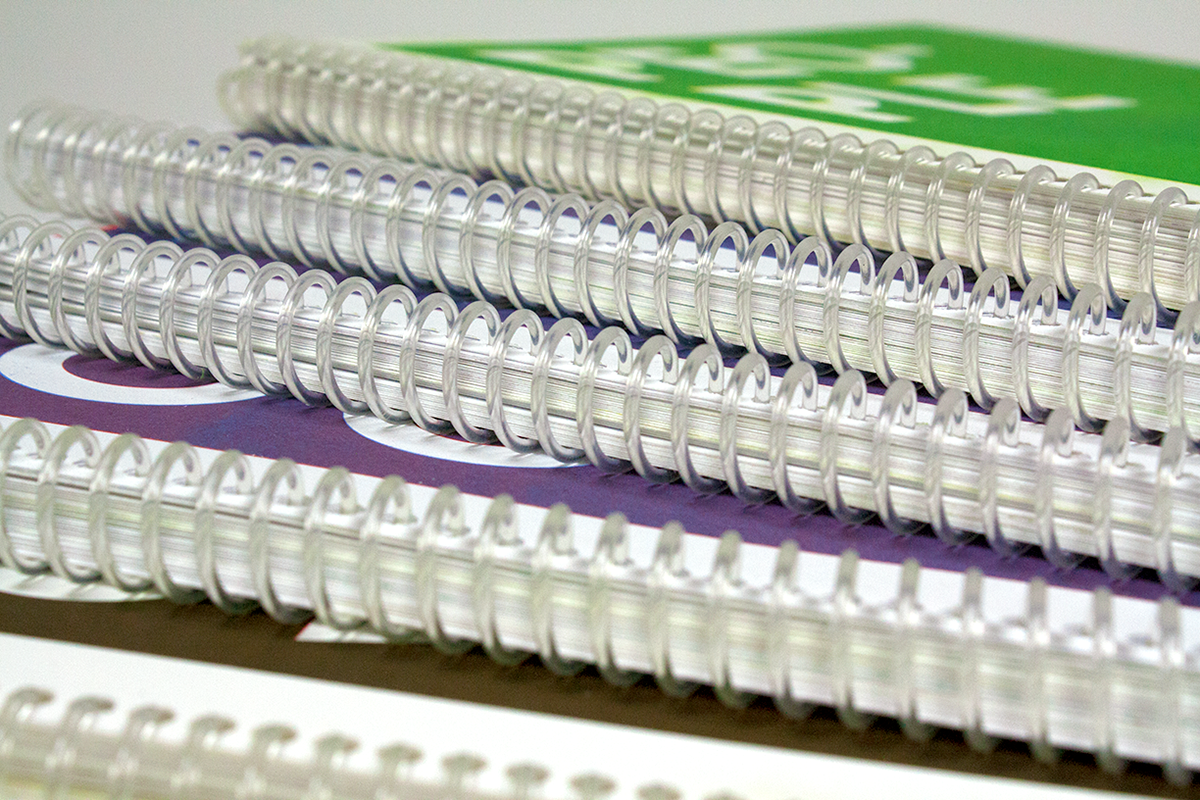

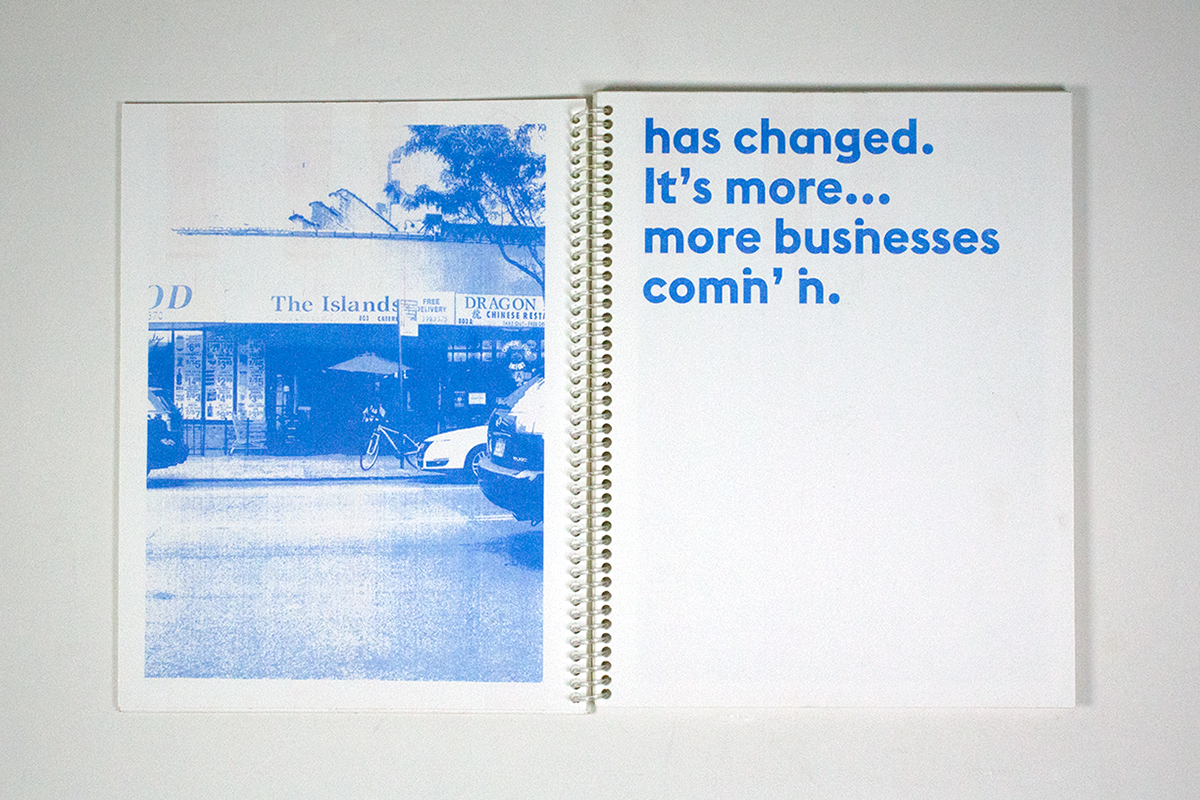
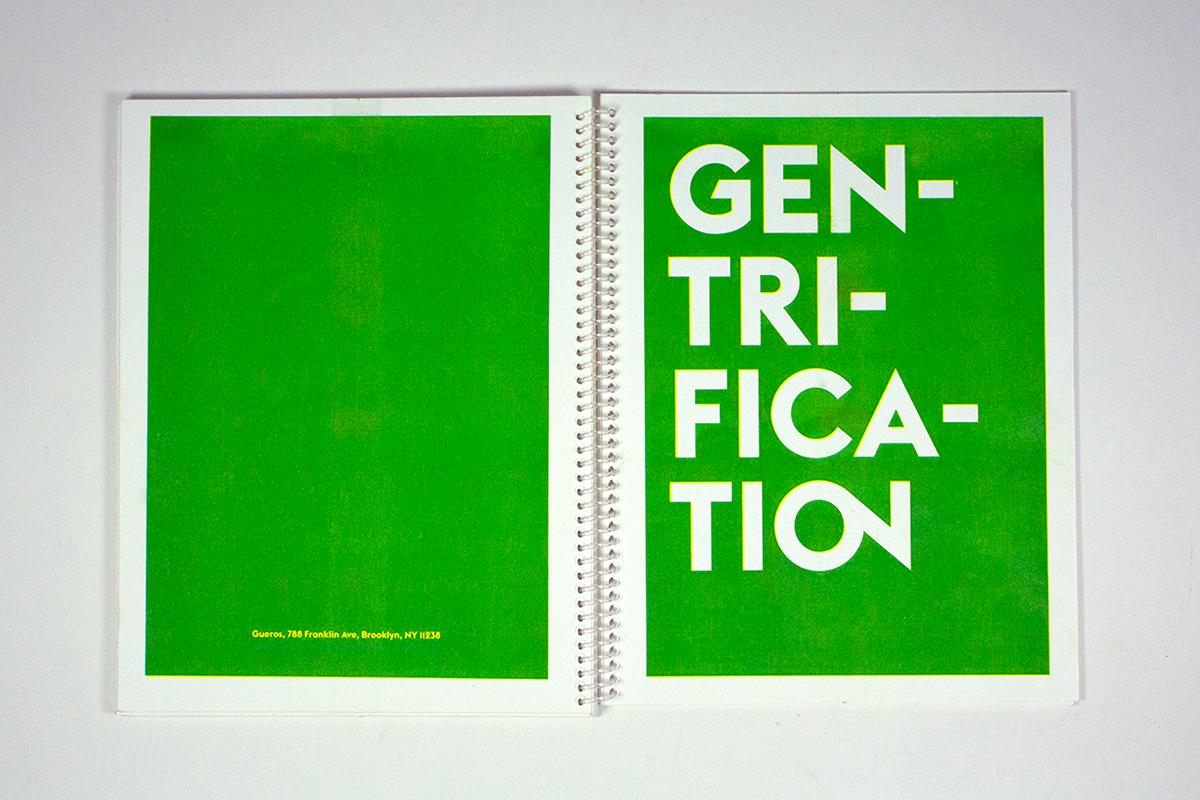
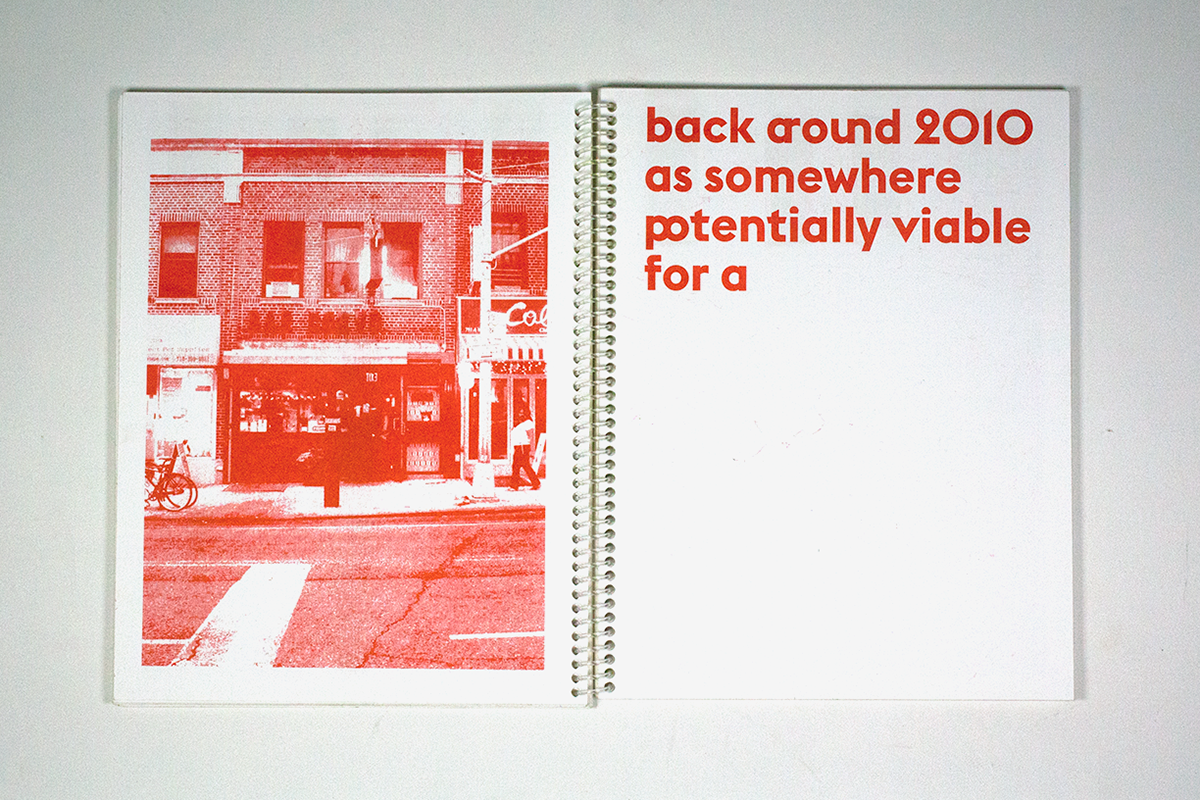

The written language is one translation of this new language, but the form of the designed objects also reinforces and communicates central concepts. The type in the catalogue has frequent and extreme discretionary ligatures, translating the idea of connection between individual parts. The catalogue also has no specified beginning or end; one fragment of conversation transitions into the next in a seamless loop. The idea of self-insertion, or an invitation to join the conversation, is translated in the knowledge map through large gaps in the columns of text. Readers can literally or metaphorically fill the spaces with their own responses.

